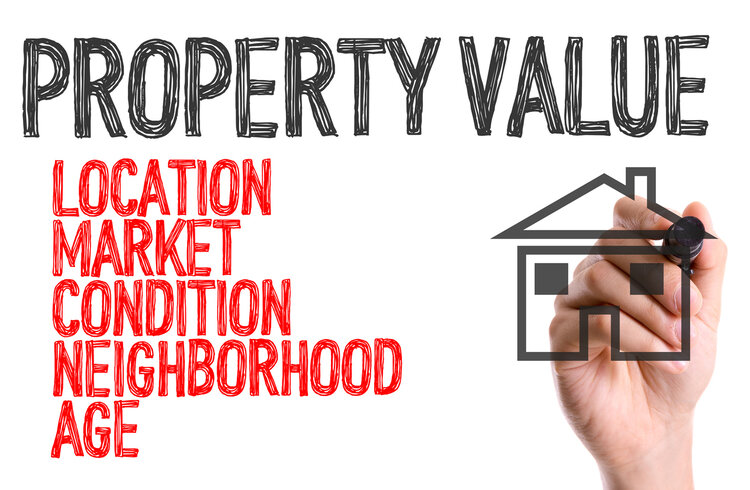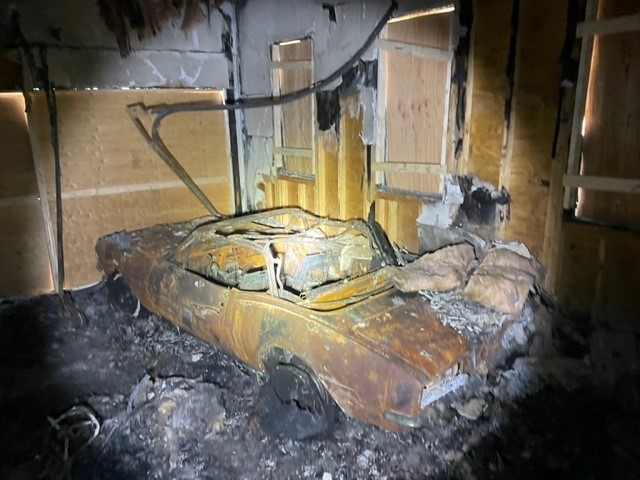Property insurance policies provide for payment of a claim on an Actual Cash Value (ACV) basis until the property is repaired or replaced. Determining the ACV of the loss can be problematic due to the fact that the term “actual cash value” is not defined in most property policies. Therefore, determining ACV may fall to one of three determinations. The 3 ways to calculate ACV are the following:
1) The Fair Market Value;
2) The repair/replacement cost value less depreciation; and
3) The Broad Evidence Rule
Most claims that we handle at SMW are settled using method #2 – repair cost less depreciation. We calculate the cost to rebuild/repair the damages, and apply a depreciation amount based on age and condition. This determines the ACV, or the amount owed by the insurer until the work is completed. As mentioned above, however, there are other means to establish ACV.
This article will provide a brief description of the Broad Evidence Rule, a rule that is used in Massachusetts and in more than 20 other states. Maine is the only state in New England that does not use the Broad Evidence Rule as an option for determining ACV.
What is the Broad Evidence Rule? Because more than 20 states employ this rule as a method to determine ACV, one might assume that a clear definition of the Rule exists. This is not so. Broad Evidence states that everything that contributes to the value of the property should be considered when calculating the ACV. Some of the factors that can be used are the following:
1) Market Value;
2) Replacement Cost;
3) Depreciation;
4) Use;
5) Original Cost;
6) Assessed Value;
7) Location;
8) Condition of the property; and
9) Sales or Purchase offers.
The best way to show how a Broad Evidence calculation works is by example. Let’s say an insured purchases an old mill building for $2M. The building has been vacant for years, but the insured – a real estate developer – wants to turn the building into apartments and commercial spaces in the future. The building has 100,000 square feet of leasable space. To rebuild this structure after a total loss, the owner would need to spend $15M. The insured purchases a property insurance policy with a building limit of $15M in case of a total loss.
The building is vandalized and is burnt to the ground. The property policy does not define ACV, and the adjusters must determine this number using one of the above listed methods. If the calculation of the ACV is repairs less depreciation, then the insured would be entitled to $15M less depreciation (for the sake of this example, let’s say 35%), or $5,250,000 for an ACV calculation of $9,750,000. This amount seems excessive because the insured only paid $2M for the property. This would be a huge windfall for the insured, and therefore poses a moral hazard. The insurance company will opt to use the Broad Evidence Rule in this case because the market value of the building may be a better indicator of the Actual Cash Value.
Broad Evidence calculation
Market Value $2,500,000 – as determined by a real estate appraiser
Repairs less depreciation $9,750,000 – agreed to between insured and insurer
Original purchase price $2,000,000
Total $14,250,000 / 3 = $4,750,000
If equal weight was given to the above three factors, the insured would be entitled to an ACV payment of $4,750,000. When using the Broad Evidence Rule, equal weights do not have to be applied to the different methods. Don’t forget: if the insured has a replacement cost policy, they can still receive the withheld depreciation upon completion of the repairs/replacement as long as they provide proofs of payment and complete the work within the allotted time frame.
Note that the Broad Evidence Rule can also be used by an insured in determining the valuation of their buildings if a co-insurance dispute arises after a loss.
If Actual Cash Value is defined in the policy, then the definition of ACV will apply to that loss and no other measure of Actual Cash Value can be used.
The specific policy that you purchase is critical in determining the valuations, so make sure you discuss this with your agent. And, as always, SMW adjusters are available to review your policy anytime.




